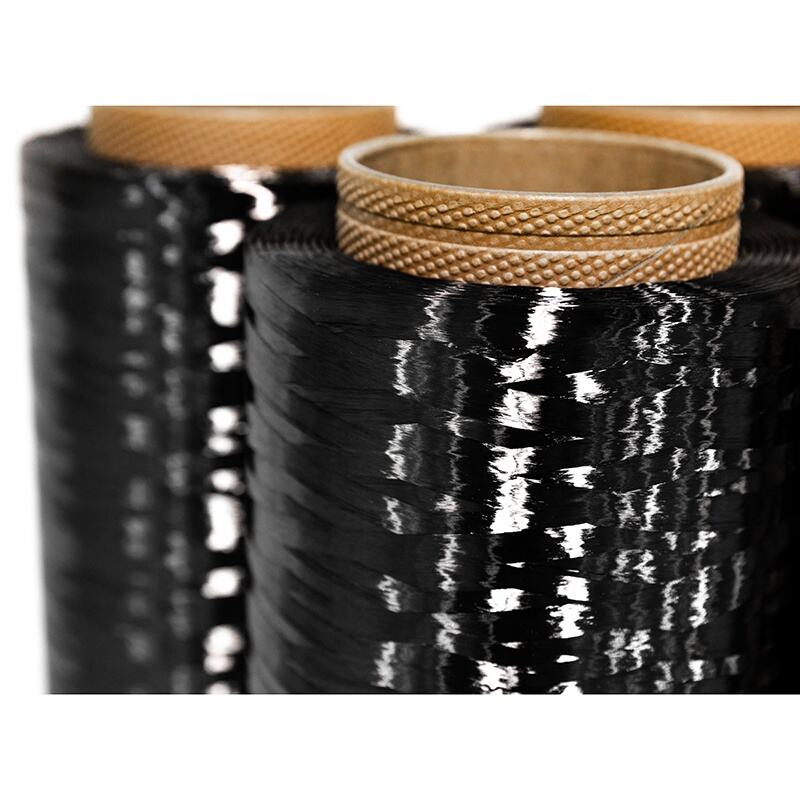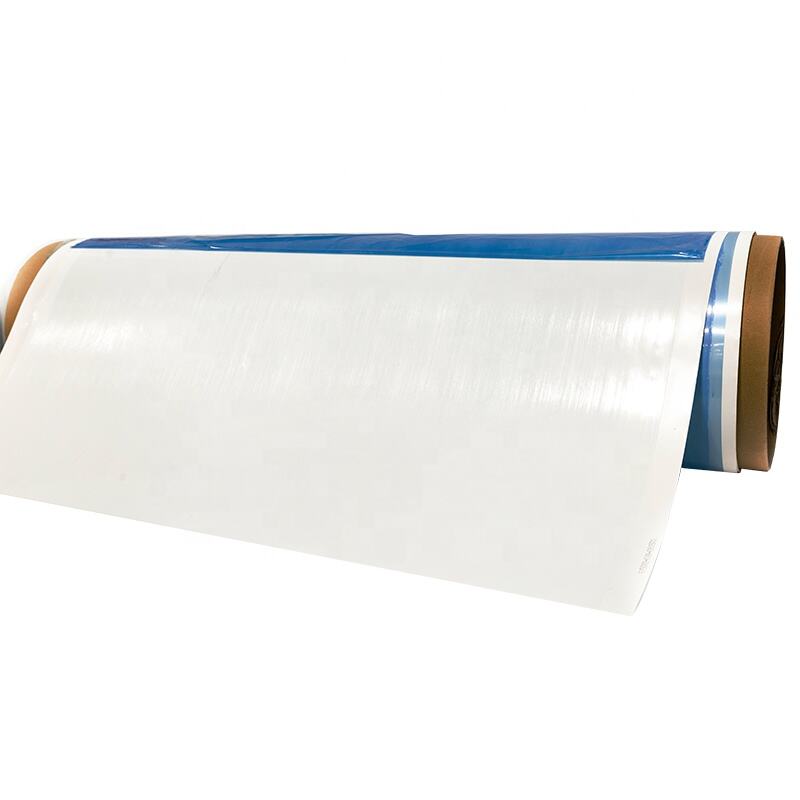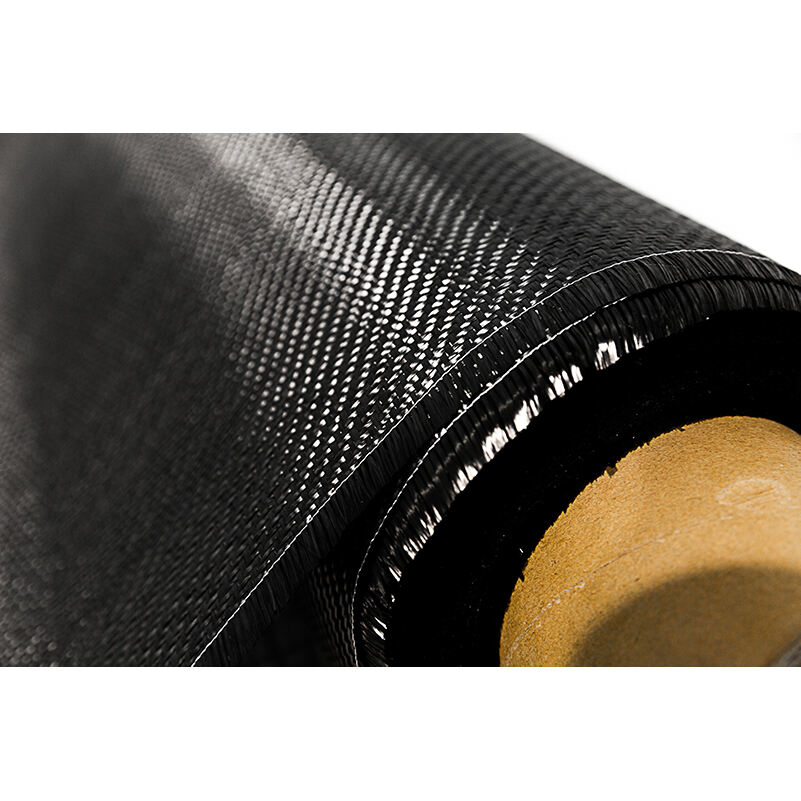towpreg
Towpreg is a cutting-edge composite material that combines continuous fiber reinforcement with thermoplastic or thermoset resin matrices. This advanced material consists of continuous fiber tows pre-impregnated with precisely controlled amounts of resin, creating a versatile intermediate product for composite manufacturing. The production process involves carefully coating fiber bundles with polymer resin through various sophisticated methods, including powder coating, solution dipping, or melt impregnation. The resulting material offers exceptional consistency in resin content and fiber distribution, which is crucial for producing high-quality composite parts. Towpreg serves as a fundamental building block in advanced composite manufacturing, enabling the production of complex geometries and structures with optimized mechanical properties. Its unique format allows for automated processing techniques, including filament winding, automated fiber placement, and pultrusion. The material's controlled fiber-to-resin ratio ensures optimal mechanical properties in the final composite parts, while its pre-impregnated nature significantly reduces processing steps and potential manufacturing defects. Towpreg technology has revolutionized various industries, from aerospace and automotive to sporting goods and industrial applications, by providing a reliable and efficient means of producing high-performance composite components.


